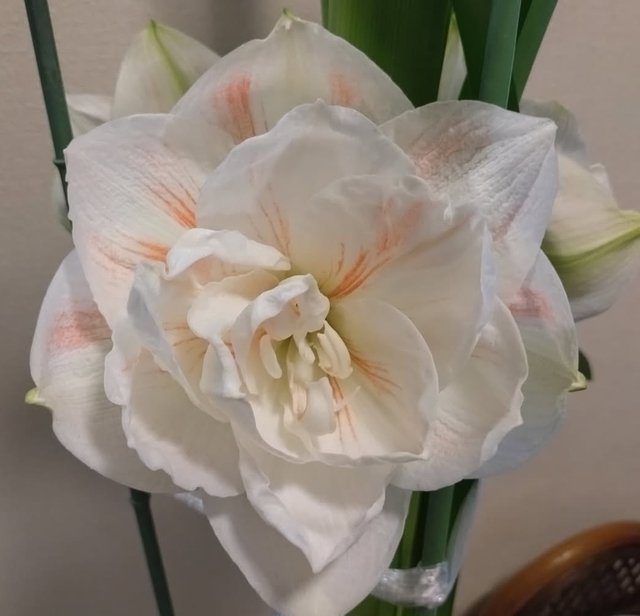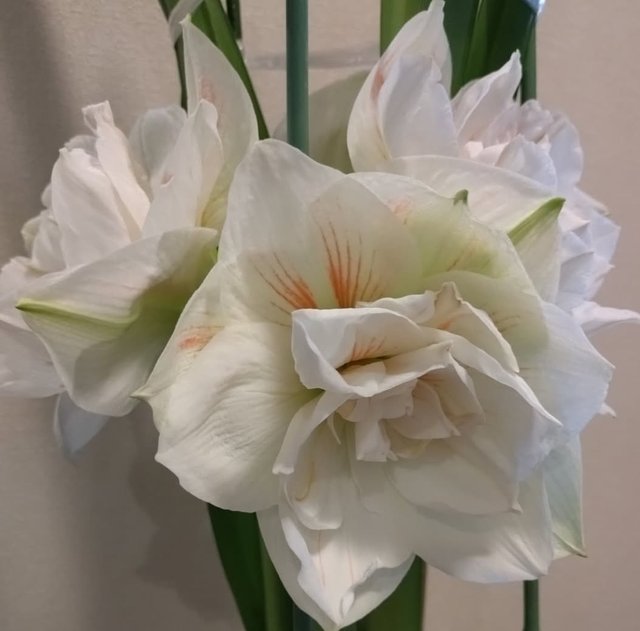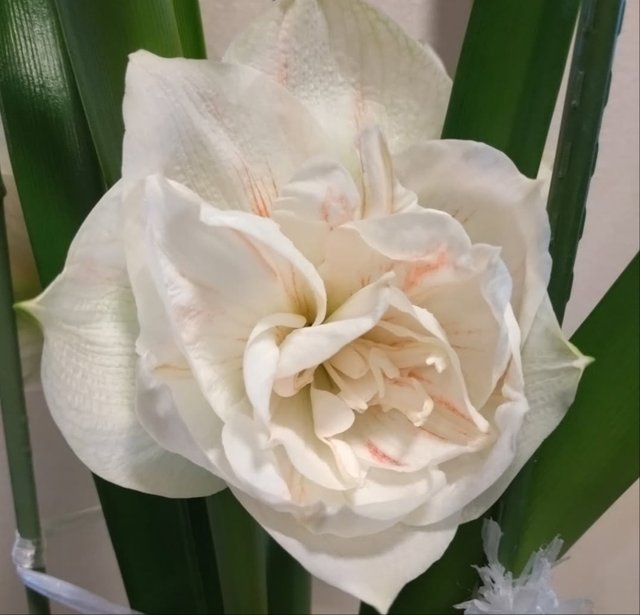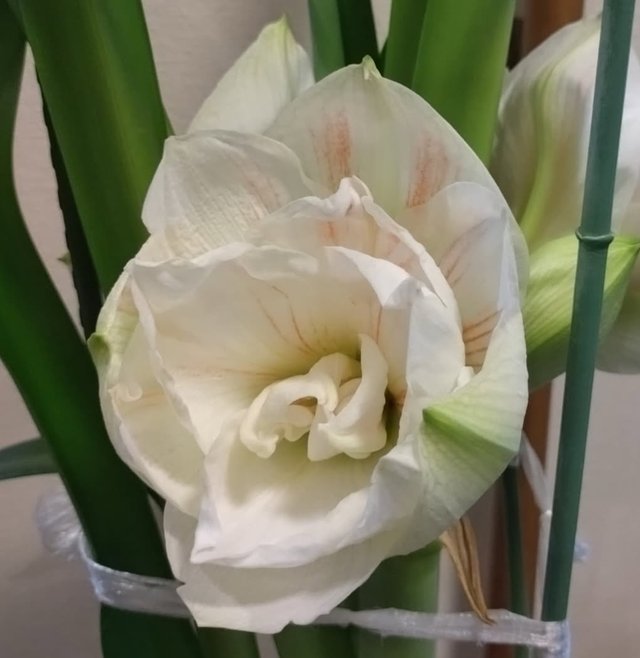Amaryllis So Amazing Flower
Amaryllis: The Bold Beauty That Blooms with Grace
If there’s one flower that captures the spirit of elegance, drama, and effortless beauty all at once, it’s the amaryllis. Known for its towering stalks and oversized trumpet-shaped blooms, the amaryllis is a showstopper in any indoor or outdoor garden. But there’s so much more to this bulb than just its looks—its history, care, symbolism, and versatility make it a favorite among plant lovers of all kinds.
A Brief History and Origin
The name Amaryllis comes from the Greek word "amarysso," which means "to sparkle." According to Greek mythology, Amaryllis was a shepherdess who fell in love with a handsome but indifferent shepherd named Alteo. To win his heart, she pierced her heart with a golden arrow for thirty nights, and from her blood, a beautiful red flower bloomed—hence the dramatic symbolism of the amaryllis flower: love, determination, and beauty born through struggle.
Botanically speaking, amaryllis is part of the Amaryllidaceae family, and most of the commonly cultivated varieties are hybrids of Hippeastrum species native to South America—particularly from regions of Brazil and the Andes. These bulbous perennials have become incredibly popular across the globe, especially as indoor flowering plants during the winter holidays.
Why Amaryllis is a Holiday Favorite
One of the reasons amaryllis enjoys such popularity during the winter months is its ability to bloom indoors when most other plants are dormant. A single bulb planted in late fall can produce blooms in just 6–10 weeks, meaning a burst of color right in the heart of winter.
Their vibrant petals come in a wide variety of colors—fiery red, snowy white, blush pink, deep burgundy, striped, or even multicolored hybrids. With minimal care, they can brighten up any windowsill, centerpiece, or office desk with an elegance that rivals even the most ornate holiday decorations.




| Device | cannon eos 700D |
|---|---|
| Lens | 55-250 zoom leans |
| Location | Bangladesh |
